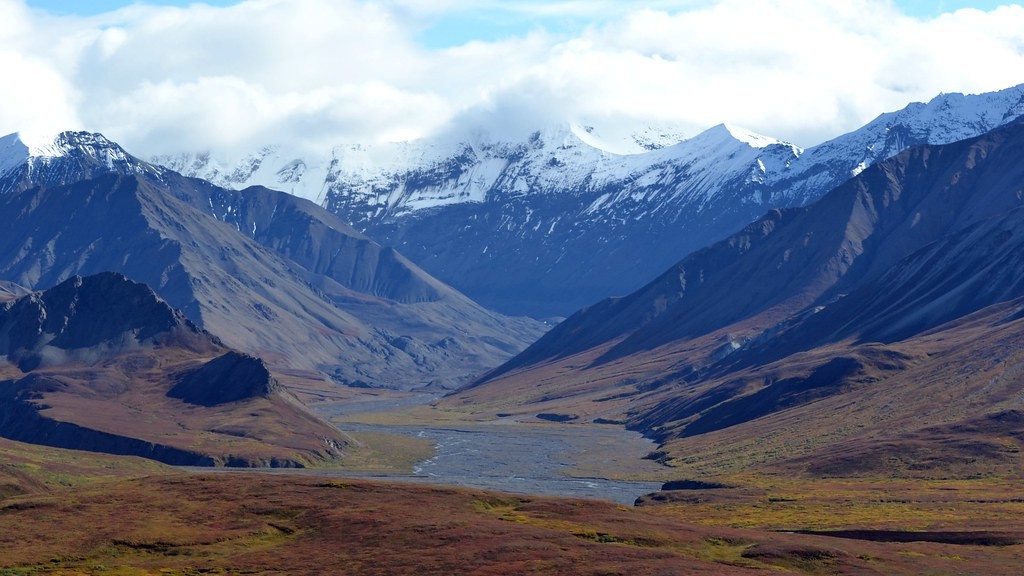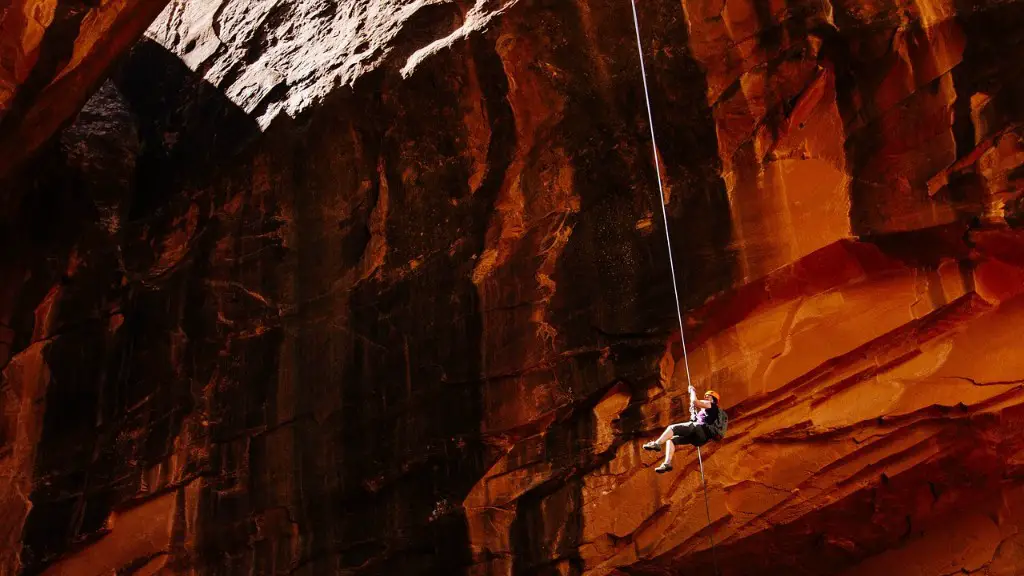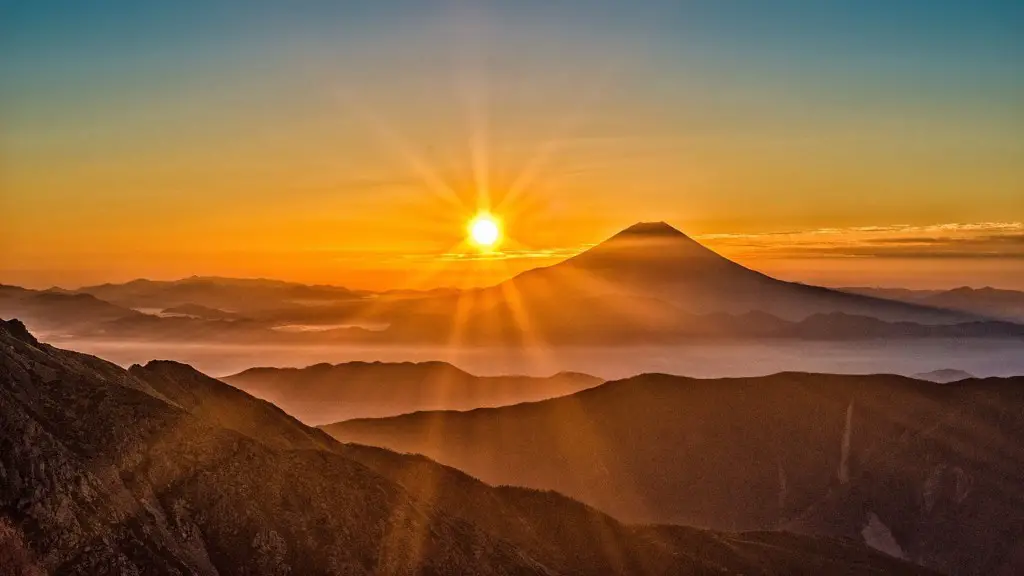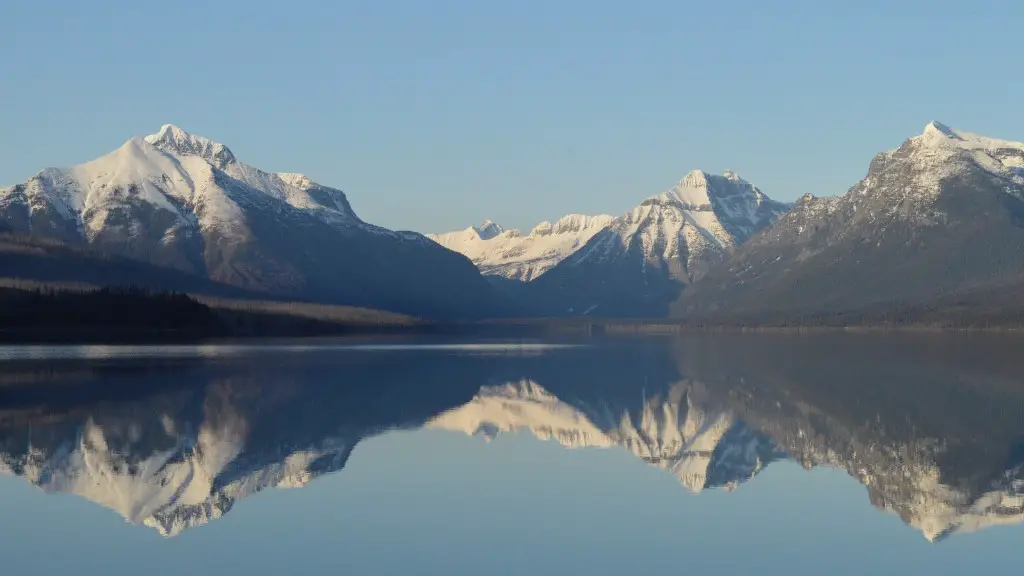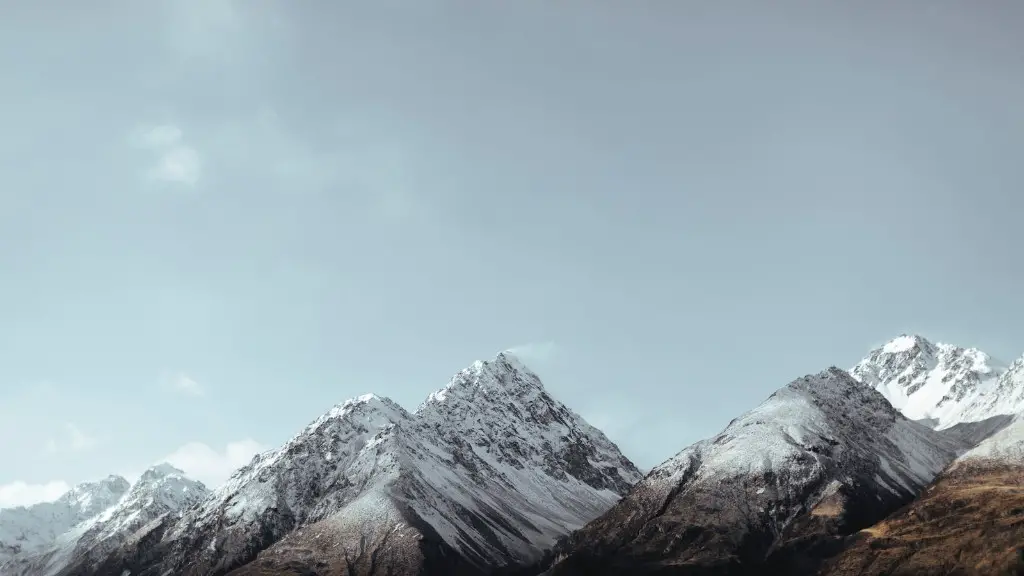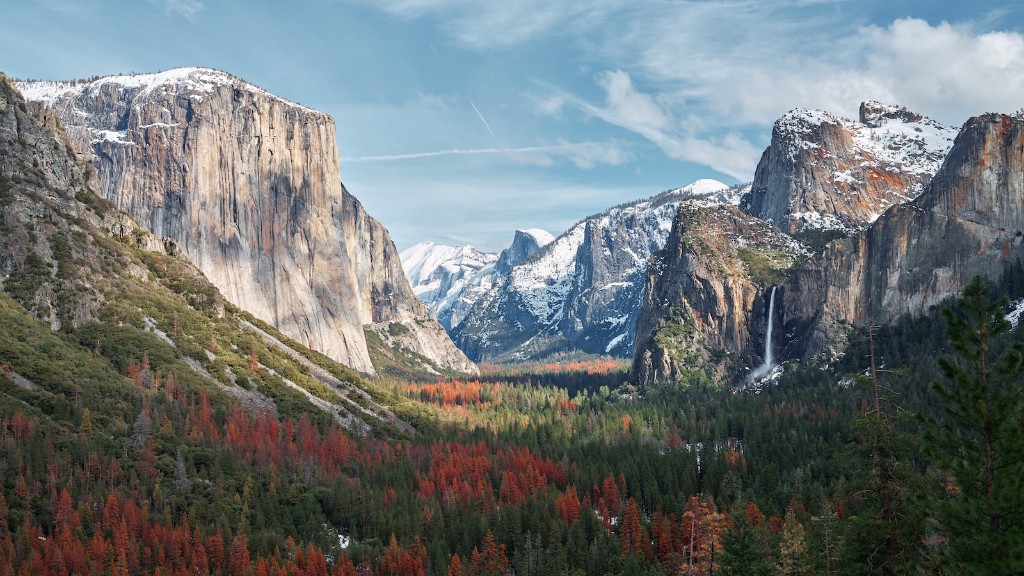Before we had fancy GPS systems and satellite imaging, how did scientists measure the height of the world’s tallest mountains? In the case of Mount Everest, there were a few different methods used over the years. The first recorded measurement of Mount Everest was made in 1856 by the Great Trigonometrical Survey of British India. To do this, surveyors set up a large tripod with a measuring device called a theodolite. This device allowed surveyors to take very precise measurements of angles. Surveyors would take measurements from two different locations, using Everest as the point where the two lines of sight intersected. By doing some simple trigonometry, they could then determine the height of the mountain.
There are a few different ways that scientists and climbers have used to measure the height of Mount Everest. Probably the most famous and accurate way is using a technique called trigonometric leveling. This method uses a theodolite, which is a type of instrument that is used to measure angles, to take measurements from different points around the base of the mountain. By taking measurements from different angles and using some complex math, scientists are able to pinpoint the height of the mountain with a high degree of accuracy.
How did they measure Mt Everest?
High-precision levelling is a process used to calculate the difference in height between two points. Starting from the coastline, special instruments are used to take measurements and calculate the height of each city from mean sea level. This process is essential in order to ensure accuracy and precision when measuring heights.
A land survey is a process of determining the terrestrial or three-dimensional position of points and the distances and angles between them. A land surveyor is a professional who performs land surveys. They use various techniques like trigonometric measurements, satellite measurements, and gravimeter measurements to determine the position of points on the earth’s surface.
When did they measure Mount Everest
The new official height of Everest is 8,84886 metres (29,0317 ft), as jointly announced by China and Nepal on 8 December 2020. This revised figure takes into account the height of the rock mass, rather than just the snow and ice atop the mountain. Nepal recognises China’s claim that the rock height of Everest is 8,844 m, and both sides had agreed on this figure in 2010. However, the new measurement is based on more accurate satellite data and surveys, and so is slightly higher than the previous estimate.
The geodetic method is the oldest and most accurate method of measuring elevations of mountains. This method uses the measurements of the angles and distances between points on the earth’s surface to calculate the elevation. The barometric method uses the pressure of the atmosphere to calculate the elevation. The boiling point method uses the boiling point of water to calculate the elevation.
How did someone climb Everest in 8 hours?
In 2004, Pembra Dorji, a Nepalese Sherpa, reportedly climbed Everest in 8 hours and 10 minutes, using supplemental oxygen and ropes. This is an incredible feat, and it is a testament to Dorji’s skill and experience as a mountaineer. However, it should be noted that Everest is a very dangerous mountain, and even with the help of supplemental oxygen and ropes, climbers can still face serious risks.
Climbing to high altitudes can be extremely dangerous and even deadly. When climbers ascend to above 26,000 feet on Mount Everest, they enter the “death zone.” In this area, oxygen is so limited that the body’s cells start to die. This can result in impaired judgement, heart attacks, strokes, or severe altitude sickness. Climbing in the death zone is extremely risky and should only be attempted by experienced climbers with the proper equipment and training.
Why is there only a 2 week window to climb Everest?
It is only during certain periods in May and September when the winds die down that climbers have a chance of safely reaching the summit. These are known as the ‘Summit Windows’.
The media is advising people that staying in the death zone for more than 16 to 20 hours can be deadly. Most of the climbers who have died on Mount Everest have died in the death zone, so shorter stays can also be deadly.
Why do they leave bodies on Everest
When people die on Everest, it is difficult to remove their bodies and the final repatriation costs tens of thousands of dollars. In some cases, it can cost around $70,000. Two Nepalese climbers died trying to recover a body from Everest in 1984.
It is interesting to note that despite the fact that many explorers during the golden age of exploration would often leave their own names in the places they visited, George Everest never got to see the mountain that would eventually bear his name. This is likely due to the fact that Everest died in 1866, before the mountain was officially named by the Royal Geographical Society in 1865. Nevertheless, George Everest’s name has become synonymous with the world’s tallest mountain, and his legacy continues to live on.
Who owns Mount Everest?
Mount Everest is jointed owned by both China and Nepal. The southern slope where most of the mountain is located lies in Nepal, while the north where the peak is located is in China. Despite this, both countries benefit from the mountain equally and it is a popular tourist destination for both.
The price of a standard supported climb ranges from $28,000 to $85,000. This includes transportation from Kathmandu or Lhasa, food, base camp tents, Sherpa support, and supplemental oxygen. A fully custom climb will cost more than $115,000, but those who are willing to take on more risk can get by for less than $20,000.
How was height of Mount Everest calculated before modern science
The height of a pole or building can be calculated by measuring the length of its shadow. The longer the shadow, the taller the pole or building. This method is called shadow measurement or, more formally, gnomonic projection. It was first used by the ancient Egyptians and Greeks.
To calculate the height of Everest, Sikdar would have needed to measure the shadow of the mountain and then use simple trigonometry to calculate the height. However, there are a few potential sources of error. Firstly, the shadow of Everest would have been very long, making it difficult to measure accurately. Secondly, the angle of the sun would have been constantly changing, making it hard to get an accurate reading.
Despite these potential sources of error, Sikdar’s estimate of the height of Everest was remarkably accurate. In fact, it was only 8 metres off the mark!
GPS technology has made a big impact on the field of cartography and geology. Before GPS, geologists and cartographers had to rely on high-school level trigonometry and high-powered protractors called theodolites and transits to determine the location and size of mountains. GPS has made it much easier to assess the size and location of mountains, and has also allowed for more accurate measurements of other geographical features.
Why are the mountains no longer as tall as they used to be?
Mountains grow at a relatively fast rate, but they are also being cut down by the processes of erosion. These processes include wind blown sand eating away at surfaces, ice in glaciers scouring the surfaces, and water in streams.
Since 1953, when the first men reached the summit, more than 300 climbers have died on their way to the top of the world’s tallest mountain A third of these succumbed to the deadly lack of oxygen. This is a very dangerous mountain to climb and it is important to be well prepared before attempting to do so.
What is the average age of Everest climbers
Nepal’s Ministry of Tourism has released data that provides insight into the average age of climbers in Nepal. According to the data, the average climber is in his 30s. This is a significant finding as it provides information on who is most likely to be interested in climbing in Nepal. Additionally, the data may also help to inform marketing and outreach efforts to target potential climbers.
Nirmal ‘Nims’ Purja has set two new world records, marking yet another 8,000m season where he has pushed the boundaries of his sport further than many thought possible. In just eight days, 23 hours and 10 minutes, Purja summited Everest, Lhotse and Kanchenjunga – all without supplementary oxygen. This is an incredible achievement and cements Purja’s place as one of the greatest mountaineers of our generation.
Warp Up
There are a few different ways that scientists and mountaineers have used to measure the height of Mount Everest. In the 1850s, British surveyors used a theodolite, which is an instrument that is used to measure angles, to measure the angle of the peak of Mount Everest from a distance. They then used a triangulation method to calculate the height of the mountain. In the 1960s, an American mountaineer named Bradford Washburn used a photogrammetry technique, which is a method of measuring distances from photographs, to calculate the height of Mount Everest. Today, the most common way to measure the height of Mount Everest is through GPS measurements.
It is believed that the first recorded measurements of Mount Everest were made in 1856 by the Great Trigonometrical Survey of India. Since then, there have been many different methods used to measure the mountain, including using satellites and lasers.
